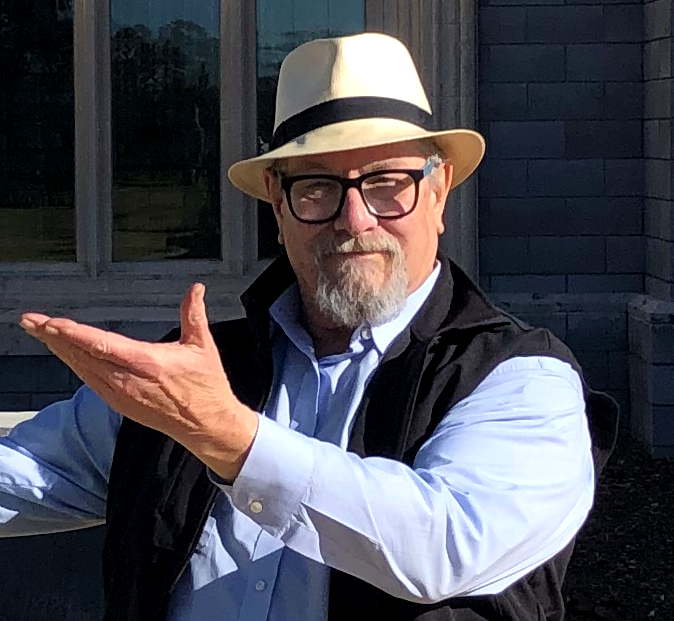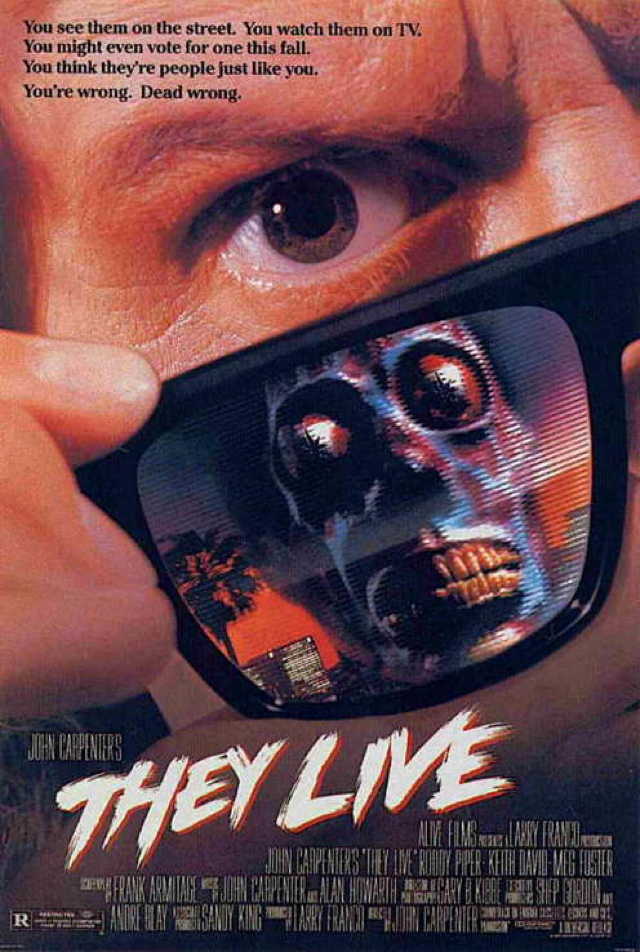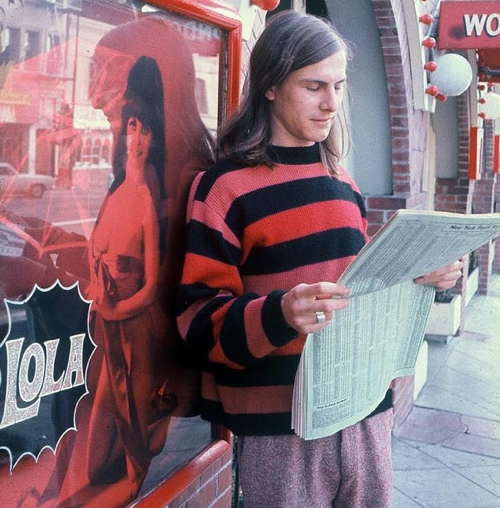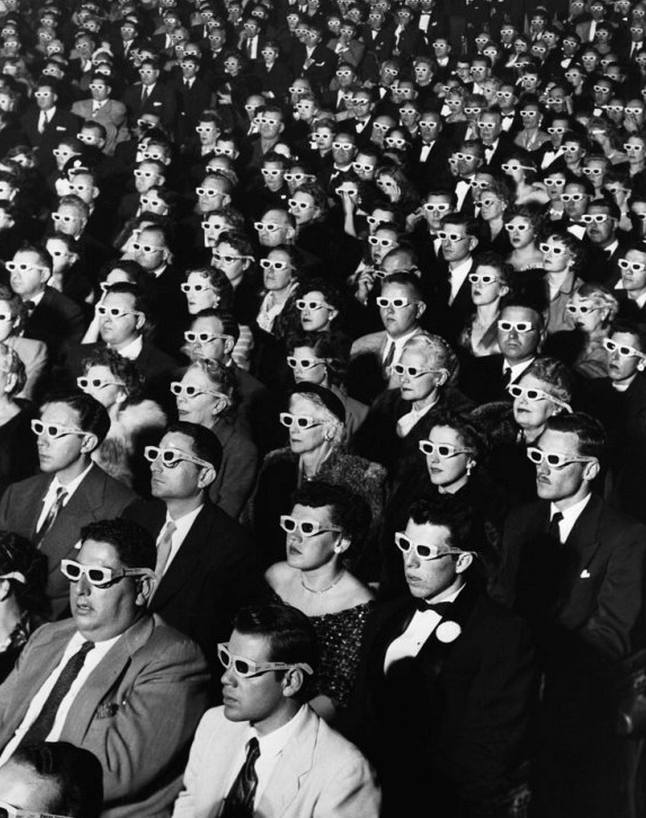Yes, The Web seems like it has been around forever and for all those under 30, it has been. It has not, dare I say, turned out as those ancient libertarians envisaged, but what has? Here’s an excerpt from The original proposal of the WWW, HTMLized

Information Management: A Proposal
Tim Berners-Lee, CERN
March 1989, May 1990
This proposal concerns the management of general information about accelerators and experiments at CERN. It discusses the problems of loss of information about complex evolving systems and derives a solution based on a distributed hypertext system.CERN is a wonderful organisation. It involves several thousand people, many of them very creative, all working toward common goals. Although they are nominally organised into a hierarchical management structure,this does not constrain the way people will communicate, and share information, equipment and software across groups.
The actual observed working structure of the organisation is a multiply connected “web” whose interconnections evolve with time. In this environment, a new person arriving, or someone taking on a new task, is normally given a few hints as to who would be useful people to talk to. Information about what facilities exist and how to find out about them travels in the corridor gossip and occasional newsletters, and the details about what is required to be done spread in a similar way. All things considered, the result is remarkably successful, despite occasional misunderstandings and duplicated effort.
A problem, however, is the high turnover of people. When two years is a typical length of stay, information is constantly being lost. The introduction of the new people demands a fair amount of their time and that of others before they have any idea of what goes on. The technical details of past projects are sometimes lost forever, or only recovered after a detective investigation in an emergency. Often, the information has been recorded, it just cannot be found.
If a CERN experiment were a static once-only development, all the information could be written in a big book. As it is, CERN is constantly changing as new ideas are produced, as new technology becomes available, and in order to get around unforeseen technical problems. When a change is necessary, it normally affects only a small part of the organisation. A local reason arises for changing a part of the experiment or detector. At this point, one has to dig around to find out what other parts and people will be affected. Keeping a book up to date becomes impractical, and the structure of the book needs to be constantly revised.
The sort of information we are discussing answers, for example, questions like
Where is this module used?
Who wrote this code? Where does he work?
What documents exist about that concept?
Which laboratories are included in that project?
Which systems depend on this device?
What documents refer to this one?


![That Was the Whopper Weekend That Was [Illustrated] welcometohell](https://americandigest.org/wp/wp-content/uploads/2021/05/welcometohell-150x150.jpg)
![Allen Ginsberg: The Interview, <strong> ➡ 1972 ⬅ </strong> [Republished by unpopular demand] ginsbergnirvana](https://americandigest.org/wp/wp-content/uploads/2022/05/ginsbergnirvana-150x150.jpg)




 Gerard Van der Leun
Gerard Van der Leun
























Comments on this entry are closed.
Qoh 4:
4: 1 Again I looked and saw all the evil that was done under the sun:
I saw the tears of the oppressed— who have no comforter;
power was on the side of their oppressors— and they have no comforter.
2 And I declared that the dead, who had already died, are happier than the living, who are still alive.
3 But better than both is the one who has never been born, who has not seen the evil that is done under the sun.
I was online the year prior, 1988, with CompuServe and a modem.
woooo-eeeee—yaaaahhhh—ssclritcthz……..
Entering the pre-registration information in 1979 for the 1980 Worldcon/Noreascon 2 as a member of NESFA on a TI terminal paper terminal and a 300 baud acoustical coupler.
Anyone remember “bulliten boards” from the pre-internet years? I tried a couple of them in 1986 but found that a root canal was easier and more pleasant.